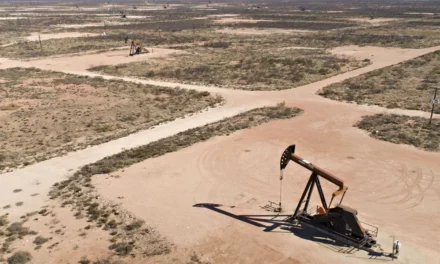Researchers in Canada have developed a new screening tool that they say will enable seafood companies to pinpoint the highest risks of forced labor in their supply chain.
The new screening tool uses a unique method that combines human rights data from United Nations institutions, governments, non-governmental organizations and seafood companies, along with interviews with workers on fishing vessels and in processing plants in Asia. The framework was then used by 18 companies to screen 118 commercial seafood products, identifying areas where working conditions met minimum principles, were unknown, or were inadequate. They were able to do so by employing the technology already being used to manage production and food safety along the supply chain.
The seafood sector is one of the world’s largest employers, with up to 70 per cent of its export production coming from developing countries. In 2016, widespread forced labour in seafood work was reported in 47 countries, and there is a significant incidence of child labor and forced child labour in the seafood hub countries of Indonesia, Thailand, Vietnam, the Philippines and Peru.
The screening tool has the potential to help suppliers respond to increasing consumer demand for ethical products.
“Our findings also demonstrate that human rights due diligence may be added to fishing fleets and certification programs for seafood sustainability,” said one of the researchers.. “Consumers can, and should, expect industry to uphold workers’ rights to be adequately paid.
The screening tool is described in a new study published today in the journal Science Advances.












